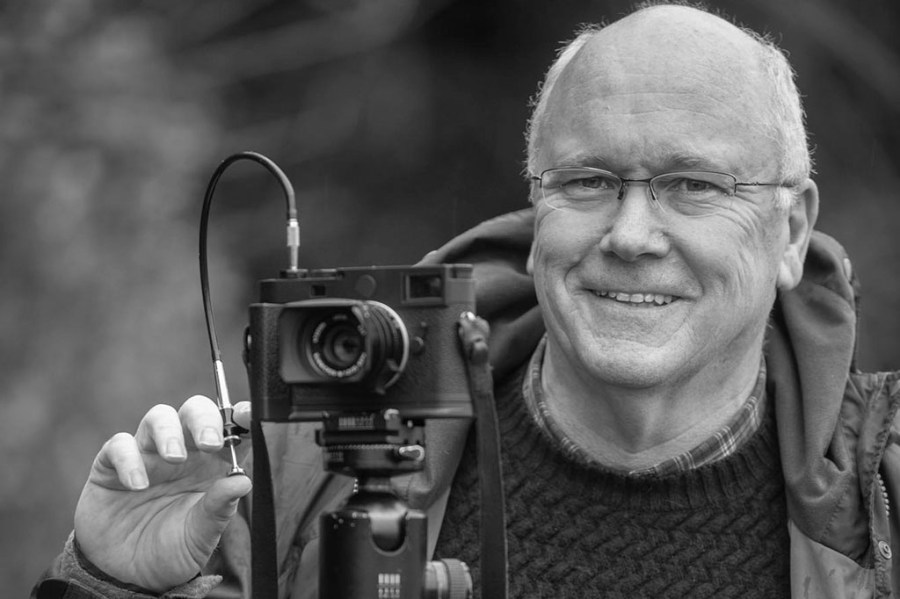Once upon a time, I used Nikon DSLRs for all my professional photography. But a few years ago, I acquired a Leica M10 rangefinder, and gradually switched to using it instead. I then complemented it with the higher resolution Leica M10-R, with its 41MP (rather than 24MP) sensor offering an obvious advantage for my landscape work. So when Leica introduced the M11 rangefinder, it made what I feel were significant changes compared to the M10 and M10R.
Is this one of the best Leica’s ever made?
An increased pixel count of 60MP aside, losing the fussy removable bottom plate was a big improvement, although traditional Leica users may disagree! Used with the add-on handgrip, the whole of the base of the camera becomes an Arca Swiss fit dovetail plate, while retaining access to the vastly improved battery and memory card slot. The internal memory of 64GB was also a valuable addition, while the reduction from four buttons on the rear of the camera to three helped streamline and simplify the M11’s looks and usability.
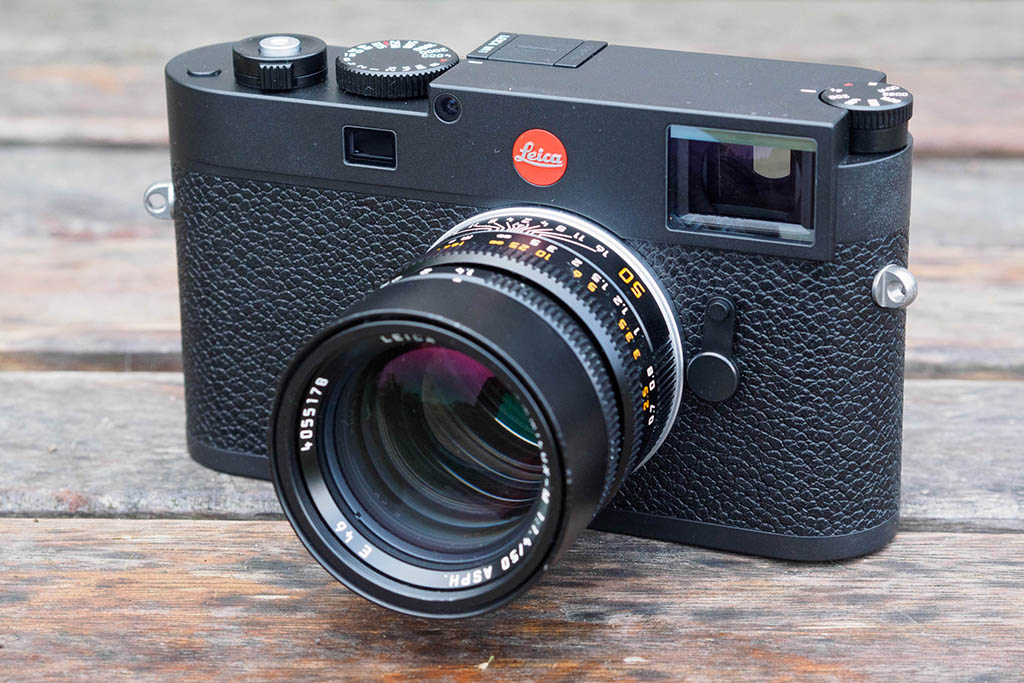
Leica M11 at a glance:
- $8,995 / £7,800
- 60MP full-frame BSI-CMOS sensor
- DNG raw at 60MP, 36MP or 18MP
- ISO 64-50,000
- 4.5 fps continuous shooting
- Optical viewfinder, 0.73x magnification
- 2.3m-dot, 3in fixed touchscreen
So, were these updates and improvements worthy of changing my M10R to the impressive looking M11?
Well, after a year and a half of using the M11 I have to say that so far, I have no regrets. In the last few years, I have had a huge change, not only in the camera system I am using, but also in my approach to my work. Over the past eighteen months I have now sold my remaining DSLR kit, my travel flash packs, lighting stands, large filters, flash guns and just about every conceivable piece of kit I had bought over the years. My camera kit now consists of only a rangefinder body and four incredibly small prime lenses that fit neatly into a Billingham Hadley Pro bag. Travelling abroad has become a joy, with no fight for overhead cabin storage and no worrying about a huge camera rucksack being taken away for hold luggage once you are at the gate. I call it small bag smugness.
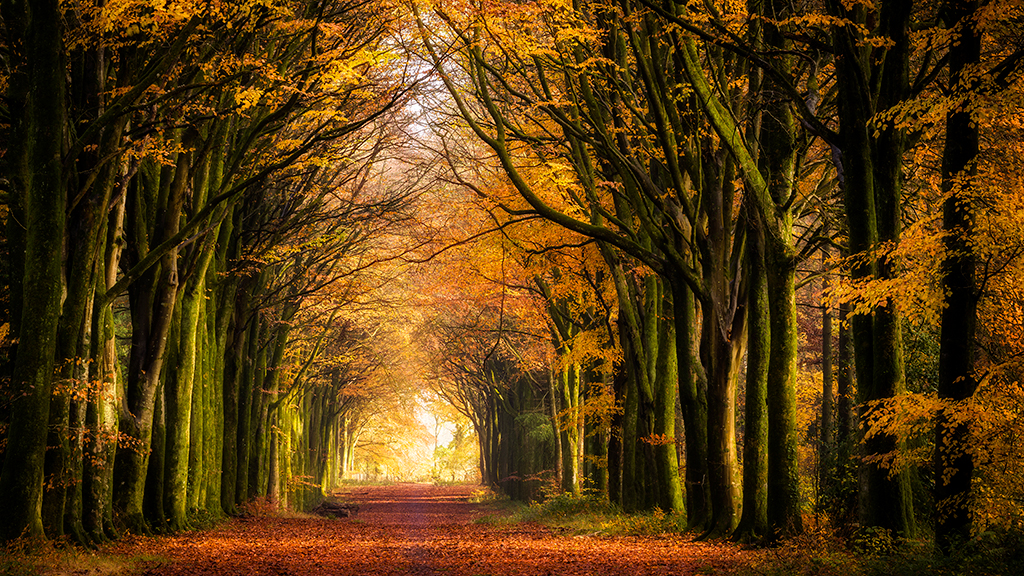
Freeing, not limiting
But is there a risk of limiting myself to just a small range of focal lengths? Possibly, but I would rather concentrate on what I can shoot, not what I can’t. And I find this approach rather refreshing, trying to make the small amount of kit work for you and having to use your eyes and imagination a bit more. After all, it’s possible to carry too much kit and still miss a shot. Small but perfectly formed is ideal for me when shooting my landscape, travel and architectural work.
My first overseas job with the Leica M11 came just a couple of weeks after purchasing it, a few days shooting in Florence, Italy. It was the middle of the summer, not my favourite time for travel and daytime temperatures were pushing towards the high thirties Centigrade, which is not the weather for heavy rucksacks and large tripods. On my first morning out on location, I knew I had made the right decision. A small, light unobtrusive bag and handheld shooting with a compact rangefinder camera. Perfect.
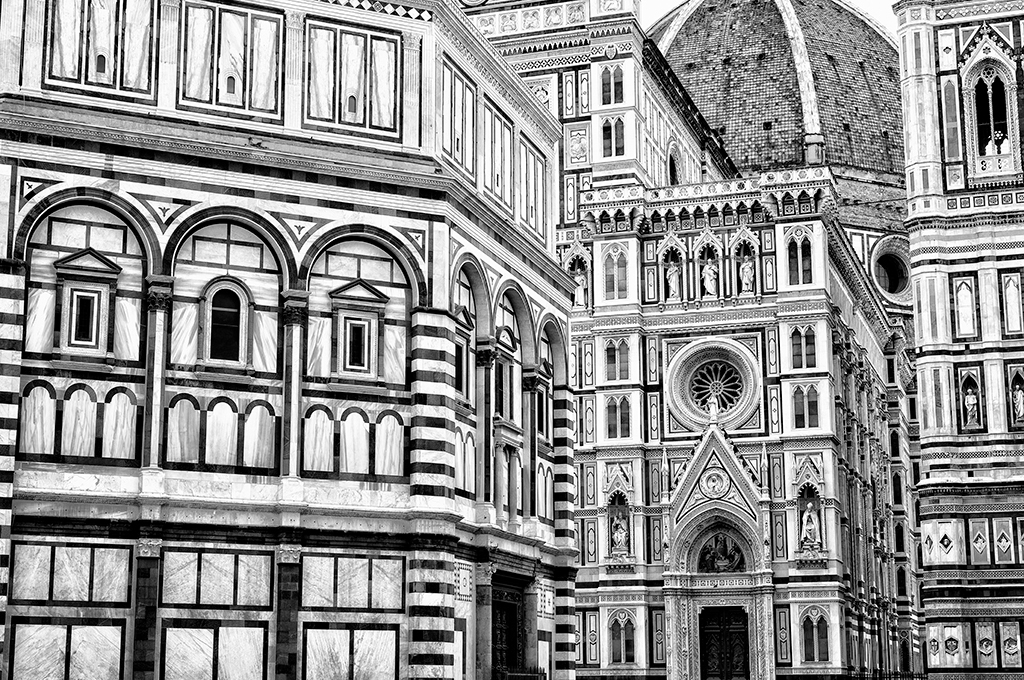
I have absolutely no problem shooting at higher sensitivities and will regularly use ISO 800 or 1600, as noise just isn’t an issue. As for no tripod, well this has always been a problem for me. I have spent my career working from a tripod, fine-tuning a composition before capture. I now feel shooting hand-held has perhaps freed me up creatively. Of course, the M11 viewfinder is not going to have the 100% accuracy of a mirrorless or DSLR viewfinder, but it is pretty good and I can always check the image on the super-sharp rear screen afterwards.
Working in the extreme heat of Florence with a small camera was a joy, and a great start to using the M11. Returning home, I had a gap in the diary. I often get quieter in the summer months and so spent some time getting to know the camera a little better and any quirks that it might throw up. I found one, although once you start researching it, there is plenty of information on the web.
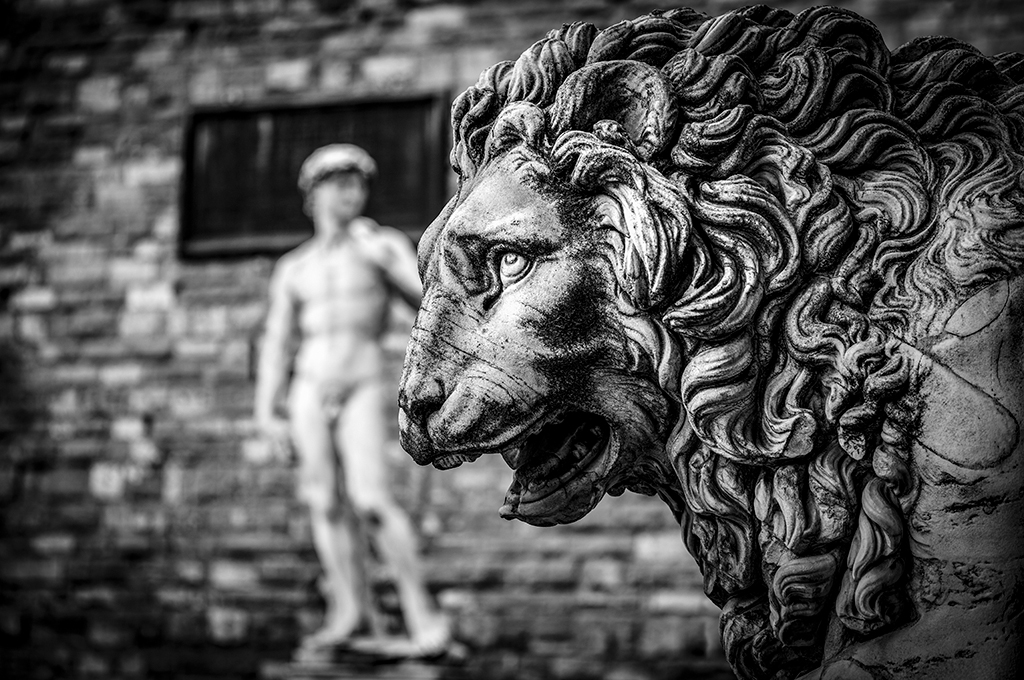
I started playing with long exposures, something I rarely do these days. With an exposure longer than thirty seconds, often the image would have what looked like flare in one corner. Apparently, this is light leaking through the lens mount, a quirk in the Leica M rangefinder design. At first it seems horrendous, an expensive camera that’s not perfectly light-tight. But once you know of the problem it’s easily fixed, just shield the lens mount from direct sunlight or, as I have done, make a little soft leather collar that goes around the lens mount which is fixed in place with Velcro. It really isn’t a big deal for me (or, I suspect, many other M11 users) as I rarely do long exposures.
More than tough enough
But here’s a thing, if the lens mount is not light tight in extreme situations, just how weather-proof is the Leica M11 when the conditions get a little inclement? I’ll be quite honest here, if it’s absolutely tipping it down, I probably won’t be shooting, but hunkering down and waiting for the light. As for the camera, it will be protected in my bag, so well and truly dry.
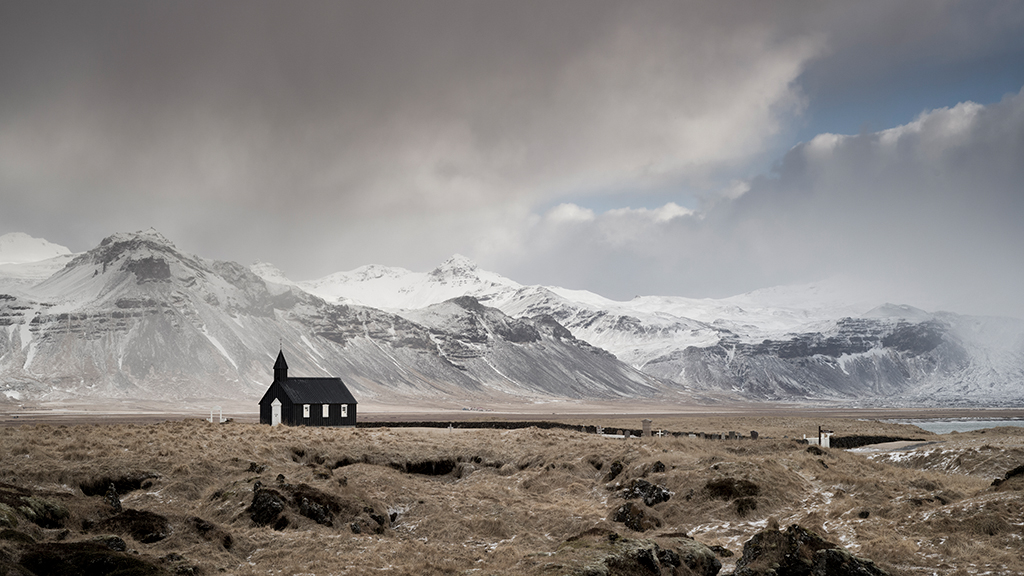
If I’m working in snow, mist, fog or drizzle, am I going to worry about all that moisture settling on the camera? Worry, no, but I’ll be aware of the conditions and keep the camera as protected and clean and dry as possible. But I have always done that any way, no matter what kit I was shooting with, it’s just good professional working practice. The camera and lenses are incredibly important tools and you should care for and respect them.
I have worked in Scotland in the middle of winter with the M11 and have not had any issues. In fact, what I have found from working with a small camera and tiny lenses is that it is a darn sight easier to protect them from the prevailing wind and weather. Also, climbing up to the likes of The Old Man of Storr on Skye in the darkness of a winter’s pre-dawn is so much easier with a small camera, packed neatly into a purpose-designed padded cube that sits just inside of a proper, comfortable hiking rucksack. Small is wonderful.
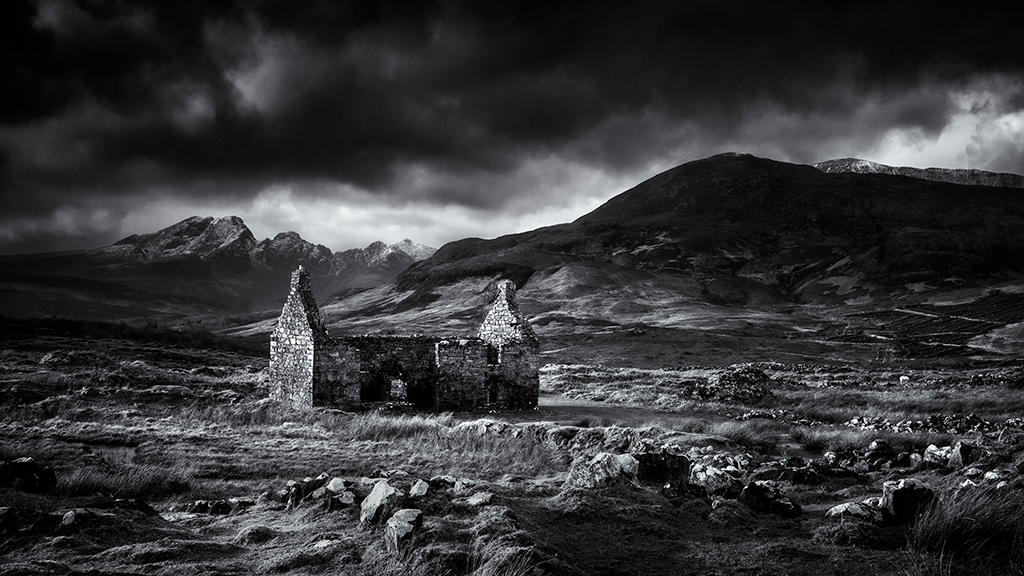
Not surprisingly, Iceland has thrown some impressive weather at me, including freezing temperatures, high winds, snow and plenty of rain. The Leica hasn’t faltered once and the battery life in sub-optimal conditions has been impressive. I don’t think I have ever used more than one battery in a whole day, apart from when I headed out to shoot the Northern Lights after a day in the snow and biting winds, and that’s even with a fair bit of checking images on the rear screen. It has to be said though, having a camera made from metal in freezing cold conditions is not so kind on the fingers. Although on the plus side, I can screw in the ‘old fashioned’ cable release when my fingers are getting numb.

What I have discovered in places where the elements are always trying to wear you down and the light and conditions are changing by the second is the speed with which I can use the Leica. OK, so the 35mm lens is my usual starting point, but I can visualise the 35mm frame in the landscape and I know how and what I want to convey in my image. Point, focus, shoot. Time can be precious and I have seen people lose a shot because they were dithering around with their zooms or their camera was on some obscure mode or setting from a previous shoot.
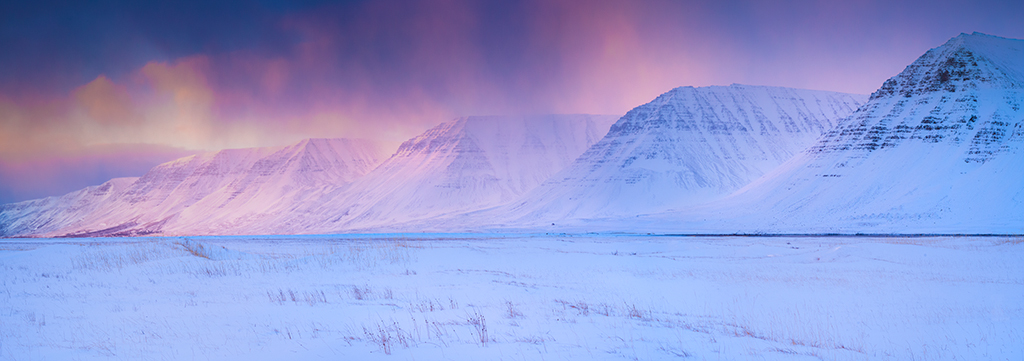
Having been using the M11 for landscape and travel work, I was pleasantly surprised at how reasonably close the lenses focus, certainly the 35mm and 50mm, which is not something I had taken in to account. I’m not a macro or close-up shooter, but occasionally you stumble upon some small detail or micro-landscape that is worthy of a shot. In the past, I have always carried a specialist macro lens with which to do so. But the idea of switching to a small rangefinder is to lose size and weight, so specialist lenses are not part of the plan.
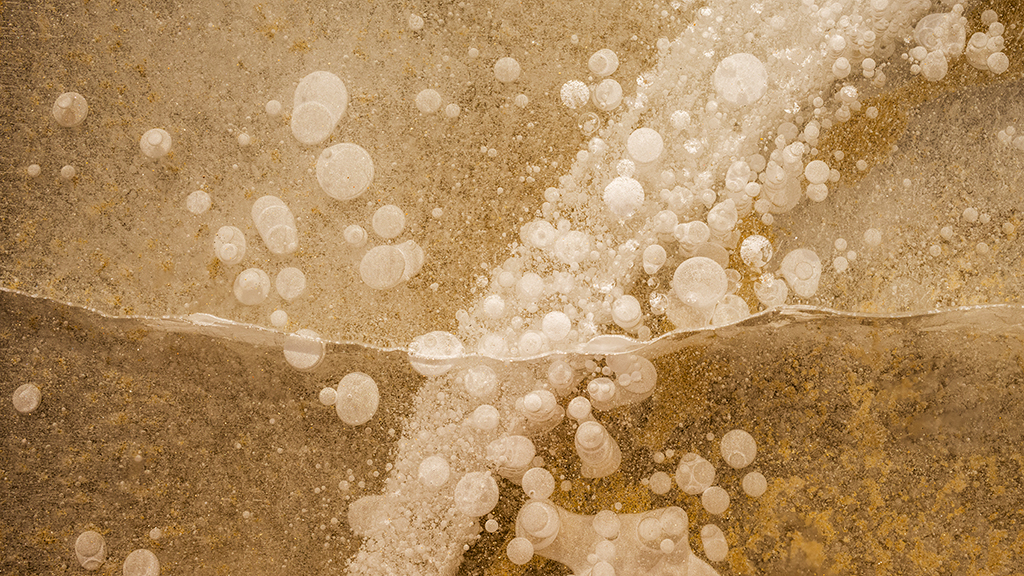
Not just for street
The Leica rangefinder is possibly not the first camera you would have associated with a landscape photographer. They are certainly more linked with ‘street’ photographers or reportage photographers from the 1950’s and ‘60’s. The Leica rangefinder is an anathema to most, over-priced and out-of-date. There is pretty much no auto anything, a distinct lack of modes, and the frames per second is pitiful. As for video, forget it. But this is where the Leica M11 and in fact, all Leica rangefinder cameras, score highly. It is the stripped-down, back-to-basics feel that makes this camera so appealing.
But it is not just the useability of the camera, there is something far more significant going on here. Just by picking up the camera, you know you are holding a superbly built, quality piece of engineering. Plasticky a Leica is not, and that goes for the lenses as well. There is a solid heft to the body and lenses that you just don’t get from any other camera manufacturer. It’s very hard to explain, there is just something about using a Leica.
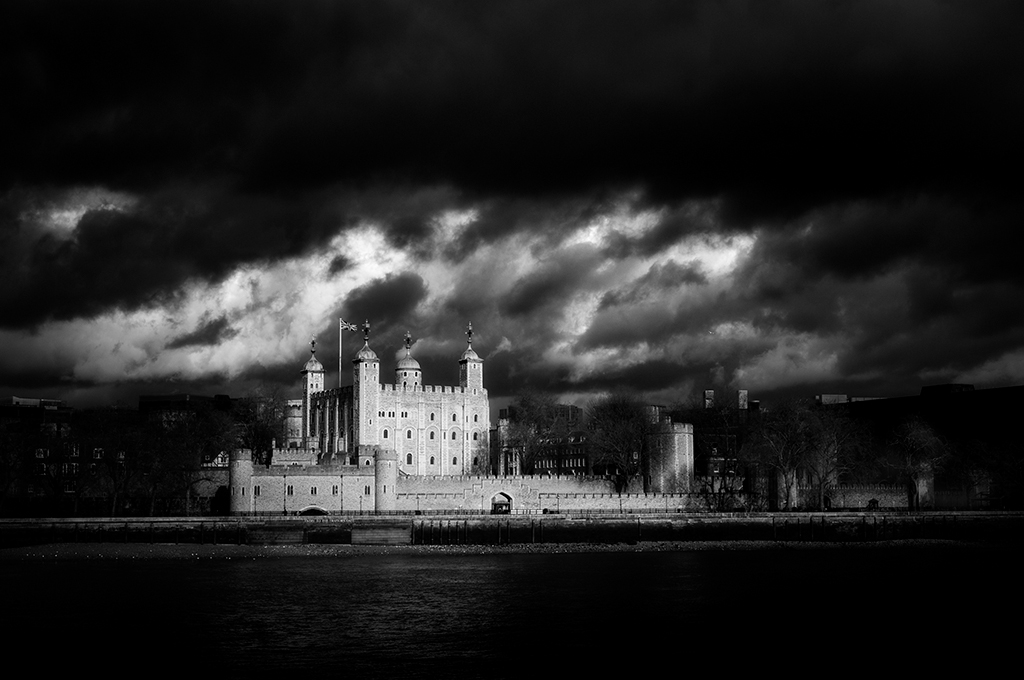
That ‘something’ goes beyond just the pure build quality of a camera or the design of a lens. Aficionados will talk about a Leica ‘look’ or feel to an image, although I’m not so sure about that, especially in the digital age where post-production plays such an important part in the final look of an image. I just enjoy using the M11, and simply by owning it, I want to get out there into the big wide world and produce images. That is not an effect any other camera has had upon me.
Would it be possible to say that by owning and using a Leica M11 I have changed the way I work, the way in which I see the world? Possibly yes. Although I have spent my career shooting landscapes and travel imagery, mostly in colour, I now find myself shooting a great deal of black and white imagery. More often than not, I tend to see the world in high-contrast black and white (you can set the rear screen for this). But is this a result of using a Leica? Possibly, but it’s probably more to do with where I am in my career, and what projects I am working on. But there does seem to be a high proportion of black and white work at present, something that has not happened before.
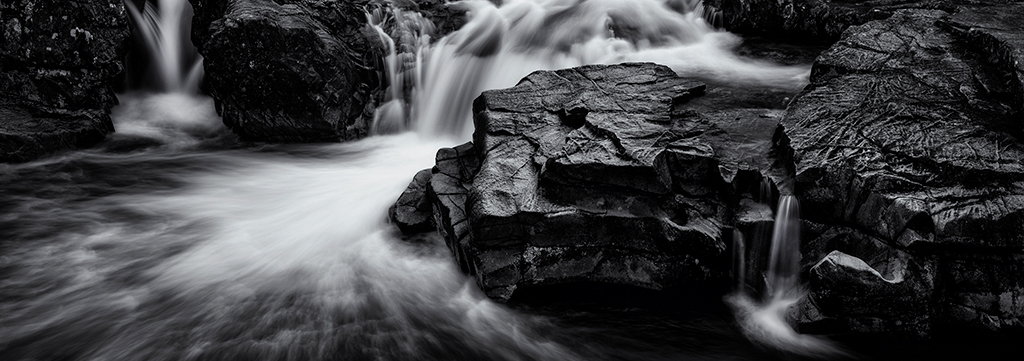
Freedom of the city
One influence the Leica has definitely had on me is that I now shoot a great deal more without a tripod, and I now spend a fair amount of time shooting in cities. London, Venice, Florence, and New York have all been visited several times in the last year, and not one trip was done with a tripod. Well, not really, although I do pack the superb Novoflex Basic Ball when I travel, just in case I want to shoot a night scene, or heaven forbid, a long exposure.
The joy of being without a tripod and just a tiny camera bag truly hits home in a city like New York. Hopping on and off the subway or the myriad of small ferries or water taxis crossing the river is so much easier when you are unencumbered. The views from the Rockefeller Centre and Empire State Building are sublime, and yes, have been shot a thousand times before but on a whim (and with lovely wintery storm clouds gathering) you can just turn up, waltz through security and go shoot some stunning views in the most sensational light, hand-held of course. The chap with the big camera-bag rucksack and large tripod was turned away by the security people.

Venice was also a bit of a revelation. A trip planned around doing everything hand-held. Of course, it meant I would not be shooting long exposures of bobbing gondolas or doing much night-time photography, but I had done that sort of imagery years before for stock agencies, this time I wanted to shoot something a little different. Working hand-held with the Leica would force me to look elsewhere for my images. Granted, this approach can sometimes be frustrating. The first thing I did on arrival was walk into St Mark’s Square, look at the gondolas, and think how nice they would look if there was movement and blur in the image. But I had to search out other locations and try and think differently.
Choosing to carry a small, discreet camera in a big, busy vibrant city and opting to explore the back streets and canals worked well. Somehow big backpacks and large zooms on large cameras with bright yellow or red camera straps just seem to stick out like a sore thumb, and I really do not want to draw attention to myself when I’m shooting.
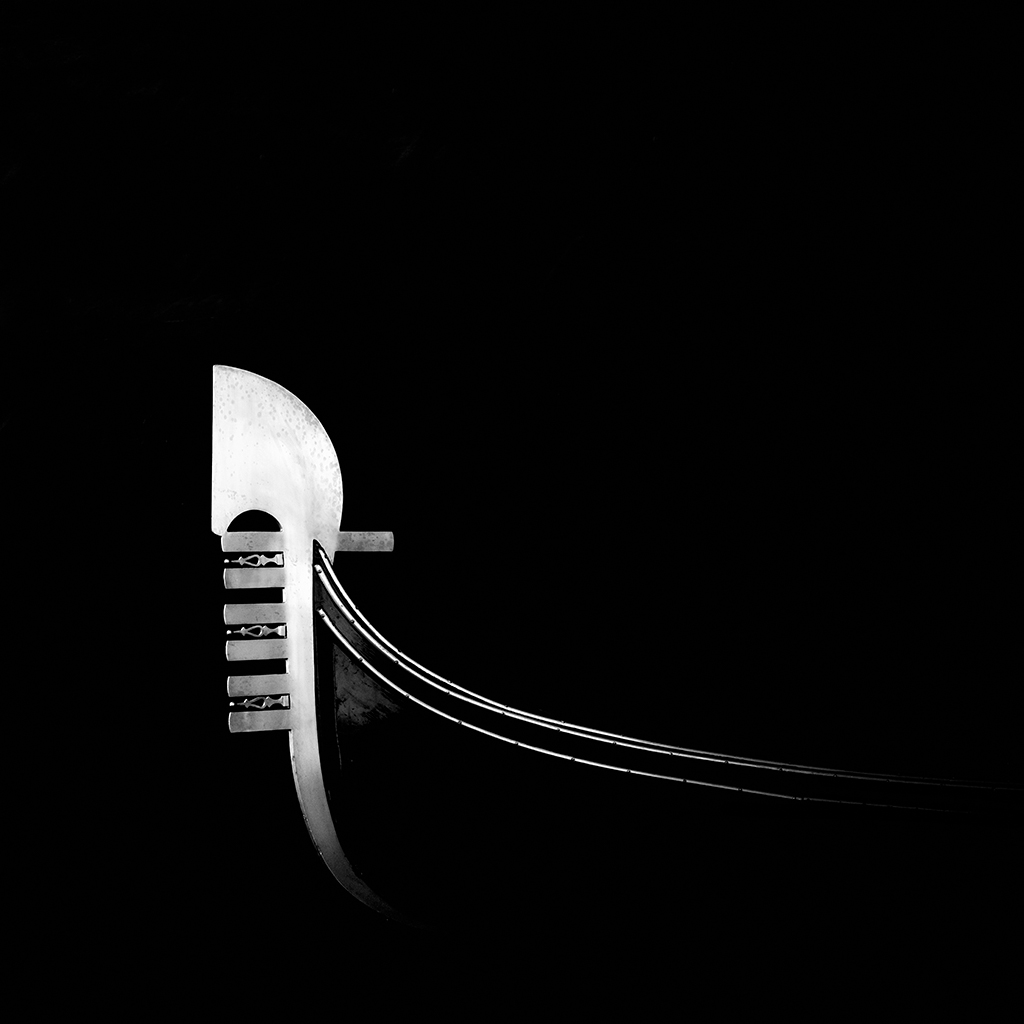
Using the Leica hand-held does make me look harder and perhaps more carefully for images, but I do revert to type quite often. My career has been built on landscape photography, especially panoramas and I still love being out in the countryside at dawn, with the landscape covered in a veil of mist and a warm glow on the horizon. It is with the landscape work that I can once again slow down, use a tripod, and wait for the light.
It is however, strange seeing the small and demure Leica M11 on a heavyweight tripod. It looks like pure overkill; in fact it just looks plain silly. The M11 isn’t really a tripod sort of camera, but the fact Leica produced a grip with the Arca plate running the entire length of the body rather suggests that there is a great deal of Leica users who use a tripod. For landscape work, I’m one of them.

Leica M11 rangefinder- Final thoughts
The Leica M11 rangefinder is not going to be to everyone’s liking and I have no doubt it will get slapped with certain unfavourable labels. However, after a year and a half shooting in all sorts of conditions, weathers and environments, I have found it to be an excellent workhorse. But here’s the thing, it is so much more than just a working tool, so much more than just another camera and it’s really very hard to put my finger on it. There is a pleasure to using an M11, there is an intangible quality to it.
There are of course drawbacks, such as a maximum focal length of 135mm. But if I really wanted longer lenses, I could use an adapter and almost any brand of lens. But that then defeats the object of the exercise, as I do not want to be carrying big heavy lenses in a big, cumbersome bag. Remember, small, simple and perfectly formed is what I am after and pretty much what I now have.
The defining beauty of the Leica rangefinders, especially the M11, is the build quality, the tactility, and the compact size. Ally this with the optically stunning and tiny lenses (I’ll ignore the larger and heavier f/1.4’s) and the Leica is almost the perfect camera for me. It hasn’t let me down and I haven’t found myself in a situation when I have needed something it cannot give me, yet.
Switching to Leica has breathed a new life and enthusiasm into my photography. I just want to be out shooting and enjoying the experience.
Jeremy Walker is one of the UK’s most celebrated and accomplished landscape photographers. His debut book, Landscape, is the culmination of a journey that has taken him several years to complete. He has shot some of Great Britain’s most loved photographic locations, but the book also took him to many lesser known hidden gems.
Related reading:
- Leica M11 Monochrom review
- Leica M11-P review: P is for Proof
- Leica Q3 – our in-depth review of this premium compact camera
- Xiaomi 13T Pro Review – Leica on a budget
Follow AP on Facebook, Twitter, Instagram, YouTube and TikTok.

